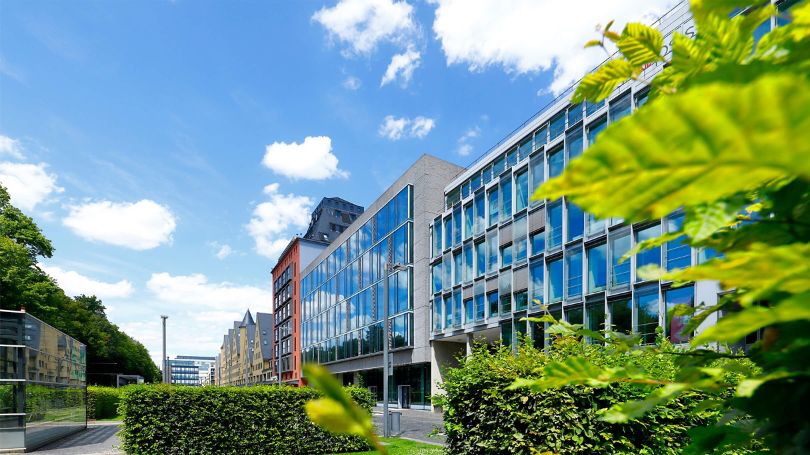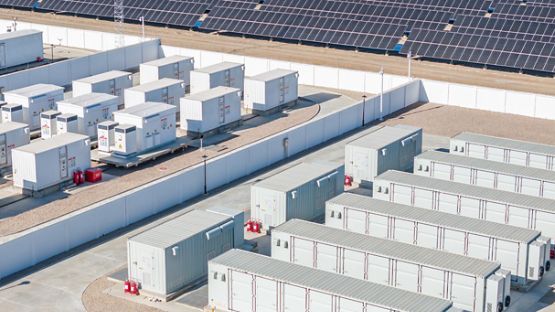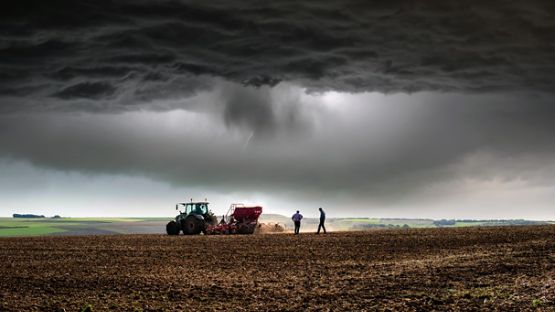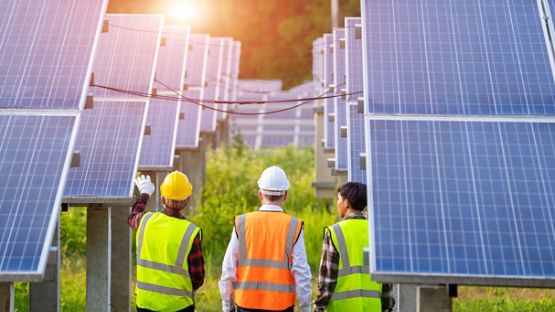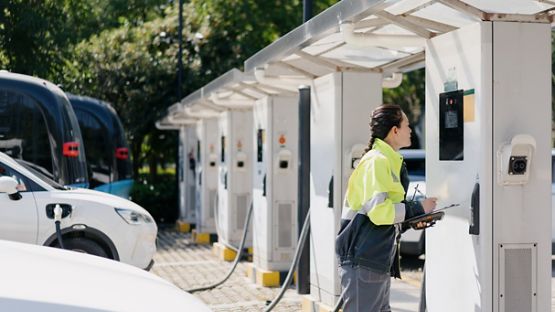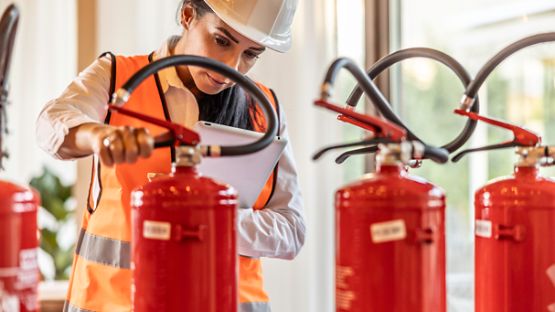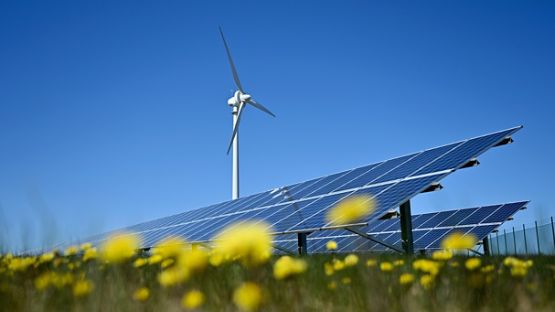With the global temperature increasing through climate change, extreme weather events are on the rise. Even more alarming, natural catastrophes like wildfires and floods are happening in areas that have never experienced disasters before.
It’s more important than ever to evaluate your facilities, buildings and operations to ensure your resilience in the face of an unexpected natural disaster.
Create a natural disasters and climate change catastrophe plan for your buildings
Prudent Canadian businesses have risk management policies and plans in place, tailored to their industry and the nature of their work. Examples include fire, slip/trip/fall, auto and hot work policies. Each plan should comprise:
- How to prevent an incident, i.e. tactics employed to avoid a problem within your building
- What to do during an incident, i.e. step-by-step actions to ensure safety and minimize risks
- What to do after an event, i.e. reporting and documenting the incident
As natural catastrophes become more common, it’s important to create a risk management plan for each type of event that could occur in your community. Aviva Risk Management Solutions (ARMS) experts suggest creating one file or binder that holds all of the procedures that will help management, employees and contractors know what to do in the event of a natural catastrophe that impacts your commercial buildings.
Create tailored natural catastrophe plans
Each type of extreme weather event comes with its own risks and there are actions companies can take to reduce the impact of natural disasters. Here are some ideas to include in your tailored risk management plan.
Wildfires
- Assess the setbacks between your building and forests; consider culling the trees closest to your commercial building, if possible
- Engage third party wildfire specialist company that can assist before and during a wildfire
- Install and maintain sprinkler systems
- Design and communicate escape routes for all employees and contractors, including exits, modes of transportation and alternate routes
Hurricanes and severe storms
- Maintain the envelope of the building so it’s prepared to withstand high winds and withstand natural disasters, including:
- Ensuring the building roof flashing is flush with the surface of the roof
- Anchoring equipment and materials outside the building
- Boarding up building windows, if you have enough advance warning
- Designating a protected area if you need to shelter in place
Floods
- Move ground-level equipment and valuables to upper floors of the building
- Shut off electrical and natural gas systems
- Engage a water remediation company to begin building cleanup as soon as possible
- If you’re in a flood zone and your budget allows for it, invest in an inflatable dike system that can divert water from your building and/or invest in flood-resistant doors and windows
Earthquakes
- Invest in seismic gas shut-off valves for any natural gas system
- Maintain seismic bracing for sprinkler systems
- Review and practice evacuation plans
- Add metal roof ties between roof trusses and wall top plates, use steel connectors or braces to bolt beams and joists and secure walls to the foundation with anchor bolts around the perimeter
As part of your natural catastrophe risk management plan, you may consider vetting and building a strong relationship with a remediation company in your area. In the event of a natural catastrophe, your business will be on the list of buildings they’re able to serve when the danger has passed. Particularly with water damage, time is of the essence in cleaning up and repairing.
Want more information about planning for a natural catastrophe?
Aviva Risk Management Solutions has professional risk consultants across Canada who can provide expert advice, info, and resources for protecting your buildings. Reach out to us at arms.canada@aviva.com.
Source:
CTV News - Heat waves and flooding: A look at recent severe weather events in Canada and around the world

